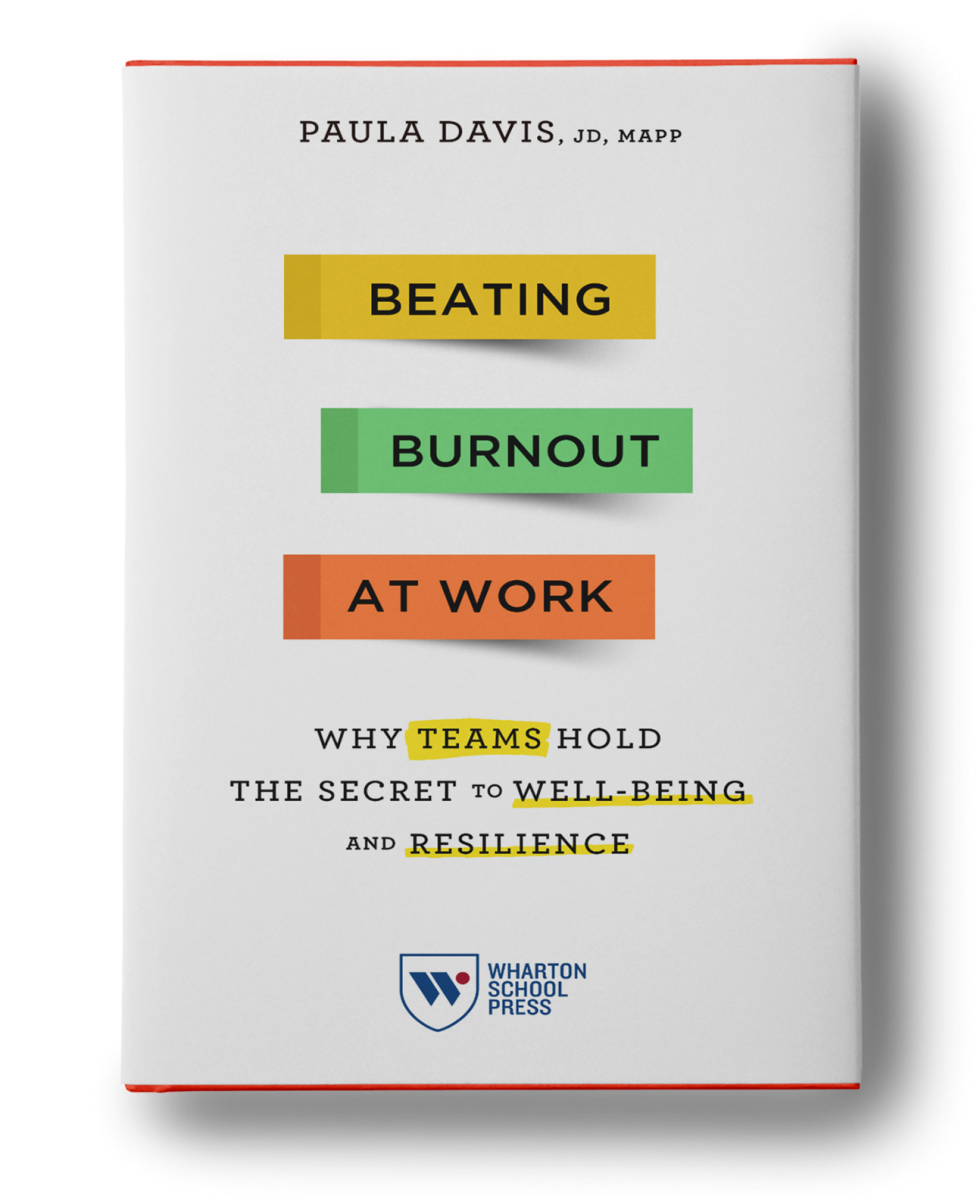Does your work give you meaning? Mine does now, but it didn’t always. In fact, I didn’t truly understand the importance of meaning at work until the day I was sitting at a table full of drill sergeants having lunch in the basement of the Sheraton Hotel in Philadelphia on the University of Pennsylvania campus. I was part of a training team delivering Penn’s resilience train-the-trainer program to U.S. Army soldiers, and lunch had started like it usually did, with me asking the soldiers how the training was going, fielding their questions and comments, and generally just talking about stuff, usually football related. Out of the corner of my eye, I noticed one of the soldiers staring at me, his gaze not once leaving my face. After a few minutes (and beginning to feel somewhat uncomfortable), I turned to him and asked, “Hey sergeant, what’s up?” His immediate response was, “Are you just in this for a paycheck?”
I had never been asked that before and it caught me off guard. My reason for wanting to be part of that work was my grandpa. He was a World War II vet who fought on D-Day and was injured in the Battle of the Bulge. He struggled to cope with both his physical and psychological injuries for the rest of his life, and I wanted to help soldiers to honor his memory. “That’s a great story,” he said, and I could see a shift in his demeanor. My story unlocked a sense of trust between the two of us, and he came to me with his questions and concerns for the rest of the training.
Meaning is powerful workplace psychological fuel. It’s the subjective experience you have that your work matters, facilitates personal growth, and is significant and worthwhile. Research has consistently linked meaning at work to dedication to one’s career, willingness to put in extra effort into your work role, organizational commitment, and intrinsic work motivation. People who report having meaningful work have lower rates of absenteeism and higher levels of both objective and subjective job performance. However, studies identifying specific leadership practices that can foster meaningful work have been limited, until now. New research identifies six specific leadership practices that foster meaningful work as follows:
Communicate the work’s bigger impact. The study found that communicating the impact of work was the pathway most strongly associated with meaningful work. People need to feel keenly aware of the connection between their contribution and the end result. When I interviewed Liz Hall, a former F/A-18 weapons system officer in the Navy, for an article on leadership, she emphasized how important it was to make this connection. She would take extra time to explain a mission in more detail to the person who fueled the aircraft, for example. She showed the approved video sensor footage of a bomb that was dropped to the person who loaded the weapons on the aircraft. Those extra explanations provided inspiration and kept the aircraft maintenance crew involved and feeling like they were connected to the mission and contributing. Leaders can make these connections for their teams in both formal and informal ways.
Recognize and nurture potential. This was the pathway having the 2nd strongest correlations with meaningful work. It’s important for busy professionals to feel effective at work and be challenged. A simple way to build this pathway is to have one-to-one conversations with each member of your team and ask them directly what types of projects they want to be staffed on and start matching them with opportunities.
Foster personal connections. It’s no secret that staying connected at work and having strong relationships matters for workplace well-being. Interestingly, the researchers found that allowing team members to build connection without instrumental work outcomes associated with the act of connecting was important. Peer check-ins, lunch and after-hours social or educational opportunities, and even volunteer opportunities were helpful.
Discuss values and purpose during hiring. It’s been a while since I’ve worked in a traditional job, but I remember onboarding as an endless parade of benefits forms, rules, and documents to read. Organizations miss this prime opportunity to connect new hires with the mission and values of the business; however, there are some exceptions. Tamara Myles, one of the study’s authors, mentions how Zappos explains their 10 core values to new hires and invites people from across the company to share a story about each one. At Better Up, new hires are asked to share what is meaningful to them so that the company can match those things to aspects of the job.
Model values-based behavior. It’s important for workers to see leaders walking the talk – acting and leading in alignment with stated organizational values. This practice was the most negatively correlated with low intention to leave; meaning, when employees see their leaders acting in a way that is contrary to values-based behaviors, they may be more likely to leave.
Give employees autonomy. Autonomy is a basic psychological need – an important aspect of your work that ignites intrinsic motivation. You feel like you have some choice as to how and when you perform the various tasks that make up your job and in how you execute your daily responsibilities; you have a say in the way things are done; and you can take initiative and make decisions about your work. Lack of autonomy is also one of the core six drivers of burnout at work.
According to the study, providing context for rules and goals, using “leading to support” behaviors, and letting workers make decisions about how they accomplish their goals are three ways to develop autonomy. Examples of “leading to support” behaviors include clarifying confusing and missing information related to goals and tasks, giving the reason why for a policy change, and encouraging self-initiation.
The pandemic left many people wondering whether their work path was the right one. Many cited “lack of meaning” as a reason for leaving a position or changing careers altogether. As companies continue to seek new ways to retain top talent, leaders now have a set of pathways to follow to increase this critical aspect of work for their teams.
For more information and support go to our On-Demand Resource Center.







